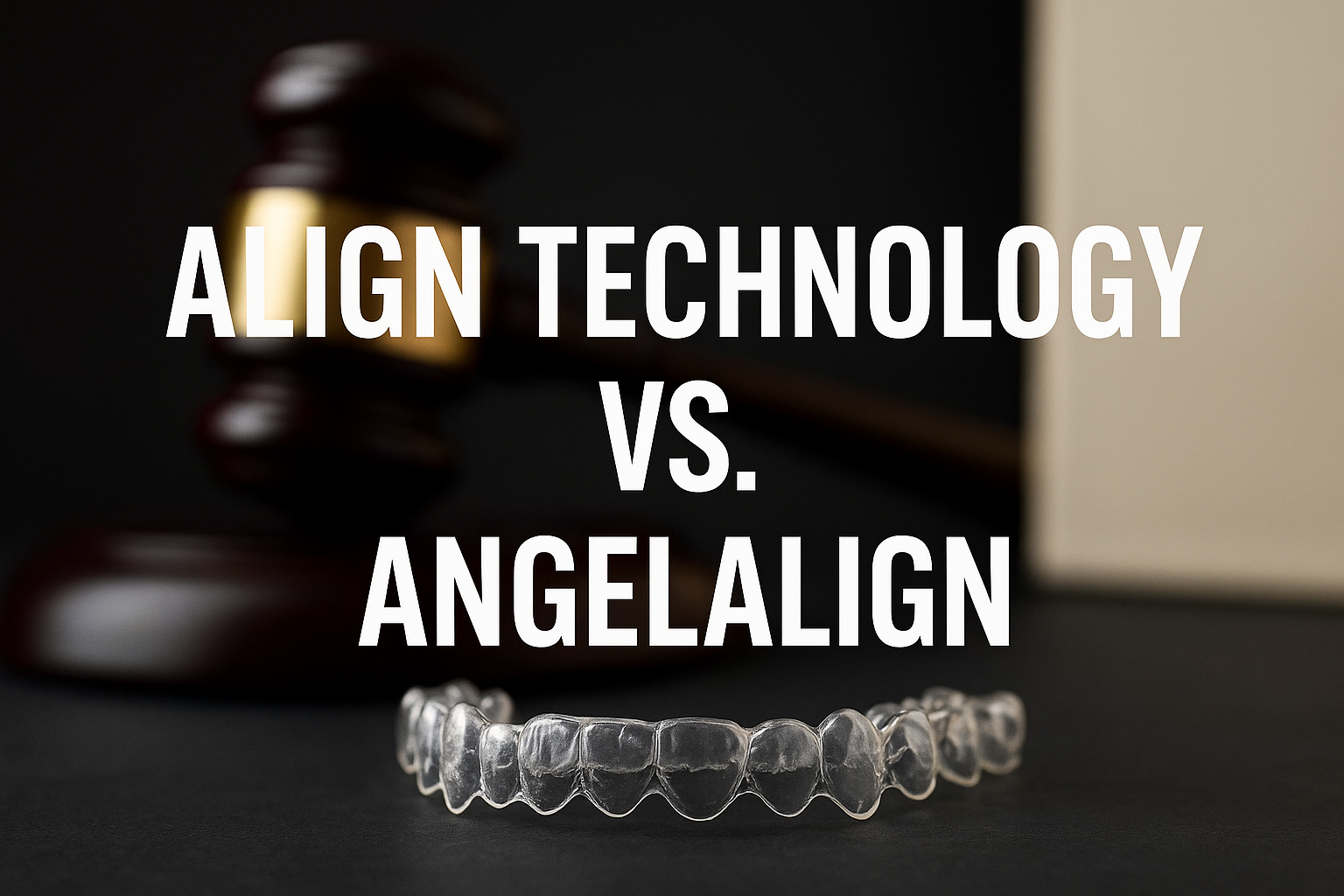Align Technology, the maker of Invisalign clear aligners, has launched a series of patent infringement lawsuits against Shanghai-based Angelalign Technology. The cases have been filed in the United States, Europe, and China, targeting Angelalign’s aligner products and digital orthodontic software.
According to Align Technology, the lawsuits accuse Angelalign of infringing patents related to multilayer aligner materials, advanced treatment planning systems, and proprietary aligner designs. The company is seeking both injunctions to block sales and monetary damages.
Align Defends Innovation
Align emphasized its long-term commitment to research and development. The company invests more than $300 million annually and has spent nearly $2 billion since 2001 on new technologies. Executives said these lawsuits are necessary to protect Align’s intellectual property portfolio and ensure “fair competition” in the global clear-aligner market.
“Intellectual property is the foundation of our leadership in digital orthodontics,” Align stated in its announcement.
Global Enforcement Strategy
The decision to file cases across three major markets signals a broad legal strategy. The U.S. and Europe remain Align’s largest commercial regions, while China is a fast-growing market where Angelalign has a strong presence. By pursuing parallel lawsuits, Align is increasing the legal and commercial pressure on its rival.
Industry observers believe the outcome could reshape competition in the clear-aligner sector. If courts issue injunctions, Angelalign may face restrictions on selling its aligners in critical markets.
Legal Battles in Context
This is not the first time Align has turned to litigation. In 2019, the company reached a $35 million settlement with ClearCorrect after years of disputes (Straumann). In 2022, it settled patent and antitrust claims with 3Shape, a leading scanner manufacturer (Dentistry Today).
More recently, Align prevailed in antitrust lawsuits in the U.S. and secured preliminary approval of a $31.75 million settlement tied to SmileDirectClub-related claims (ClassAction.org).
What’s Next
The litigation against Angelalign is expected to proceed over the coming months. Patent cases in multiple jurisdictions can be lengthy and complex, often involving parallel hearings and appeals.
For Align, the lawsuits reinforce its aggressive stance on protecting innovation. For Angelalign, they represent a significant challenge that could limit expansion in key global markets.
As the legal process unfolds, orthodontists, patients, and investors will closely watch whether courts uphold Align’s claims or allow Angelalign to continue its international growth.

